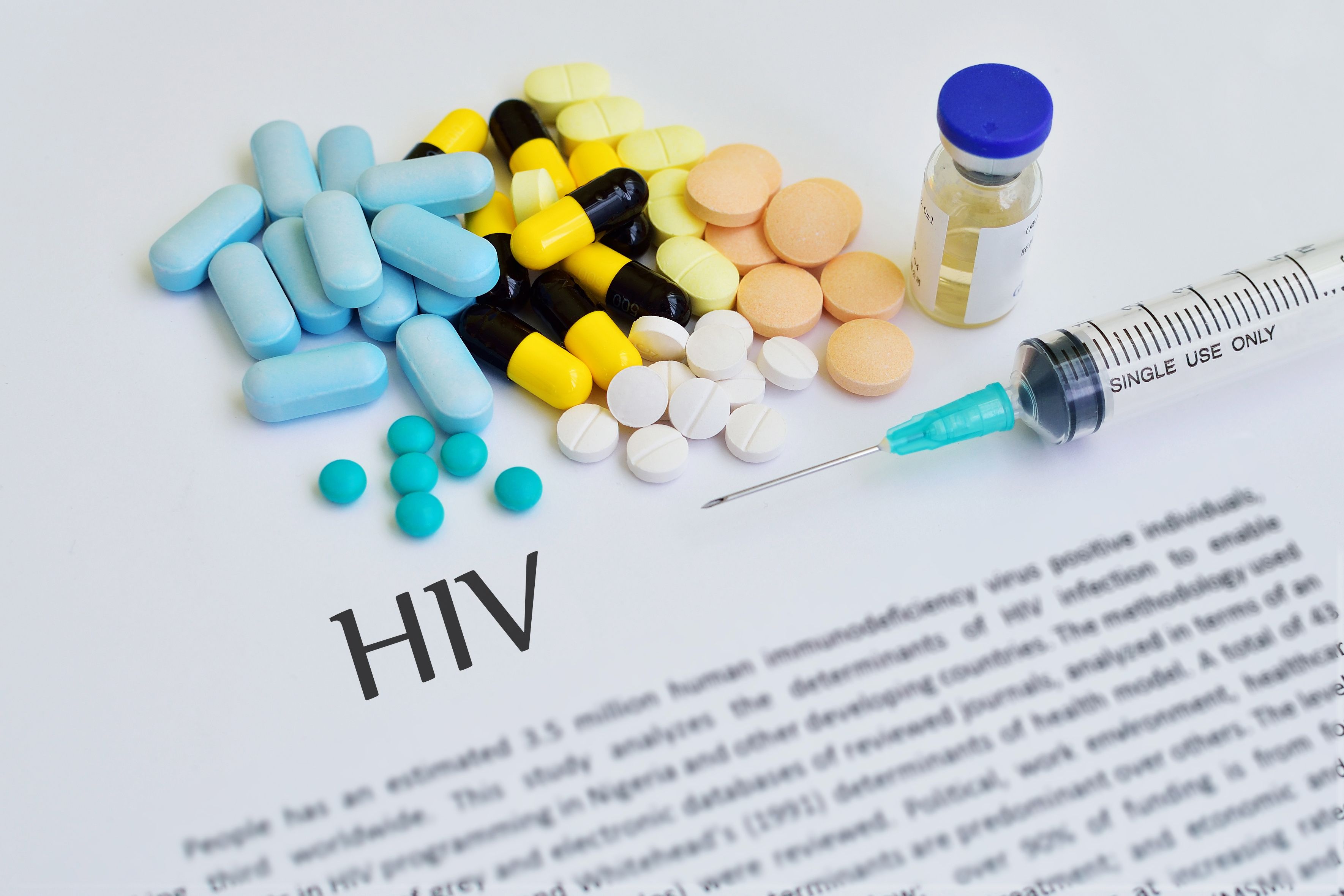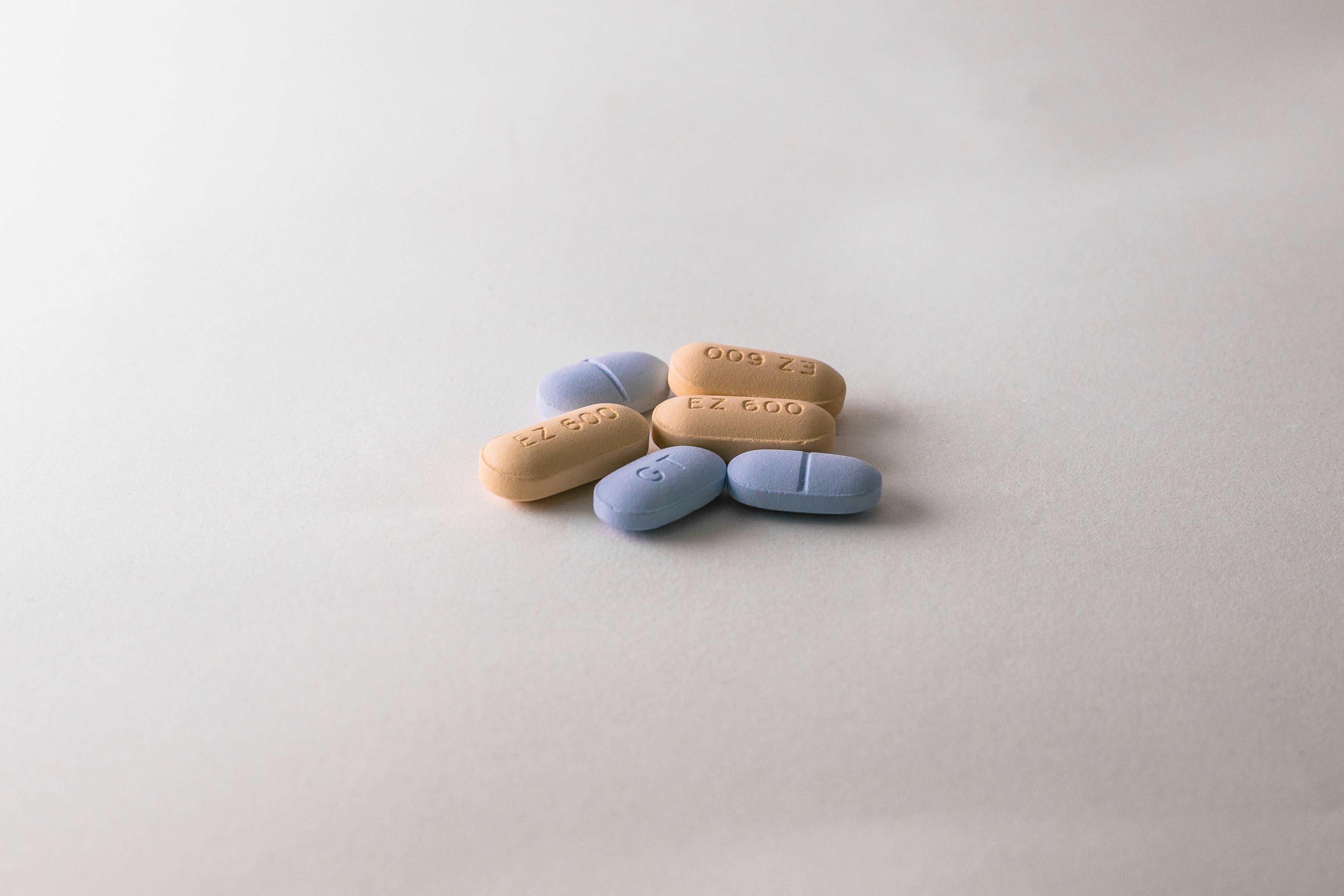Article
Study Summary: HIV-1 Resistance to Integrase Strand Transfer Inhibitors
Background
Integrase strand transfer inhibitors (INSTIs) are a newer class of antiretroviral drugs that block HIV replication. They block integrase, an HIV-coded enzyme, and thereby prevent the virus from incorporating its genetic information into the host cell DNA. These drugs have played a key role in HIV therapy. Raltegravir (RAL) was the first INSTI approved by the US Food and Drug Administration in 2007. Two other INSTIs, elvitegravir (EVG) and dolutegravir (DTG), were subsequently approved.1
INSTIs are highly effective against multidrug-resistant strains of HIV-1 and have synergistic activity with other drug types. As a consequence, INSTIs have been used as part of first-line HIV antiretroviral regimens. However, despite the efficacy of INSTIs, HIV can develop resistance mutations to RAL and EVG. These 2 agents also share a high degree of cross-resistance. In contrast, reports of resistance are rare in patients receiving DTG, the second-generation INSTI, and study results show DTG to be efficacious and well tolerated in treatment-naive and treatment-experienced patients. In this meta-analysis, researchers analyzed the incidence of resistance to the different INSTIs and compared the rates of resistance among the drugs.1
Study Design
The investigators searched for publications about resistance to INSTIs using databases such as Web of Science, MEDLINE, EMBASE, and Cochrane Central Register of Controlled Trials. They included randomized controlled trials (RCTs), non-RCT clinical trials, case-control studies, cohort studies, and case reports published from January 2007 to March 2015. These studies involved outpatients and inpatients who had received INSTIs. The minimum patient age was 18 years. The investigators excluded animal experiments, basic research experiments, basic pharmacological experiments, and experiments performed in vitro.1
Results
The database search generated 328 articles, of which 26 were considered eligible for the meta analysis. The analysis included data on 7863 patients from 21 double-blind RCTs and 4 observational studies, most published between January 2010 and March 2015. Among the 26 articles, 17 reported only RAL resistance, 7 reported only EVG resistance, and 5 reported only DTG resistance. Three articles included patients who were resistant to both RAL and EVG. Five of the articles involved head-to-head trials showing noninferiority between RAL and DTG.1
Key results are summarized in the Table.1 In RCTs, the rate of resistance was highest to RAL (3.9%) compared with EVG (1.2%) and DTG (0.1%). The investigators also performed a subgroup analysis to examine the rates of resistance of different HIV-1 subtypes to RAL, which showed that the resistance rate was highest in subtype C and lowest in subtype A (Table).1
In addition, researchers compared risk ratios (RRs) for antiviral resistance among the INSTIs, showing RRs of 0.414 (95% CI, 0.210-0.816) between DTG and RAL and 0.843 (95% CI, 0.721-0.987) between EVG and RAL. Furthermore, the rate of resistance of HIV-1 to RAL was lower than the rate of resistance of HIV-1 to efavirenz, a popular drug that is often used in combination with other agents as first-line antiretroviral therapy in patients with HIV-1. The investigators reported a RR for antiviral resistance of 0.499 (95% CI, 0.255-0.977) when RAL was compared with efavirenz.1
The investigators performed a second subgroup analysis to evaluate the effect of RAL treatment duration on resistance and reported resistance rates of 0.8% (95% CI, 0.1%-1.6%) in patients who were treated for 48 weeks and 0.9% (95% CI, 0.2%-1.5%) in those who were treated for 96 weeks. They also determined that RAL had the lowest resistance rate when it was coadministered with non-nucleoside reverse transcriptase inhibitors (0.1%; 95% CI, −0.2% to 0.5%) and higher resistance rates in conjunction with nucleoside reverse transcriptase inhibitors (0.2%; 95% CI, −0.2% to 0.6%) or protease inhibitors (0.2%; 95% CI, −0.1% to 0.5%). The authors reported that 10 integrase mutations can reduce the sensitivity of RAL and EVG, while 13 may confer resistance to DTG. Some of the major mutations are shown in the Table.1
Conclusion
The results of this meta-analysis confirm that among the 3 available INSTIs, HIV-1 resistance is highest to RAL and lowest to DTG. In addition, other findings could have implications for the management of patients with HIV-1. For example, the lower rate of HIV-1 resistance to RAL than to efavirenz could affect clinicians’ choice of antiviral agents. Similarly, clinicians should be aware that the rate of HIV-1 resistance to RAL varies according to the HIV-1 subtype involved, which impacts the patient’s response to INSTI therapy. However, the authors also emphasize that, despite the mounting evidence for emerging HIV-1 resistance to INSTIs, rates of viral resistance to these drugs remain lower than to other types of antiretroviral drugs.1
Reference
- You J, Wang H, Huang X, et al. Therapy-emergent drug resistance to integrase strand transfer inhibitors in HIV-1 patients: a subgroup meta-analysis of clinical trials. PLoS One. 2016;11(8):e0160087. doi: 10.1371/journal.pone.0160087.





